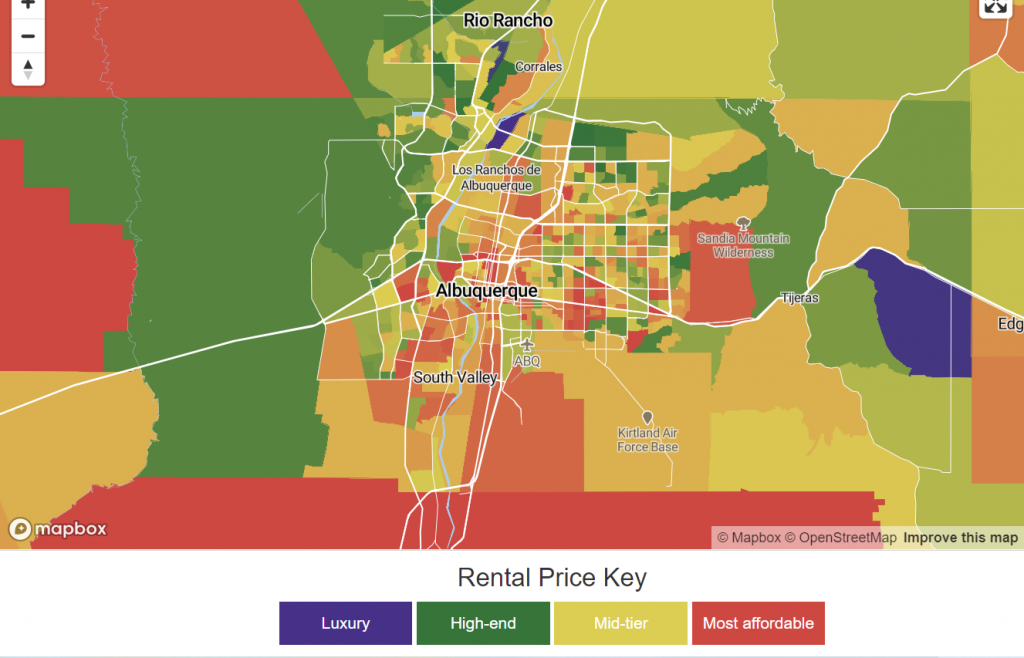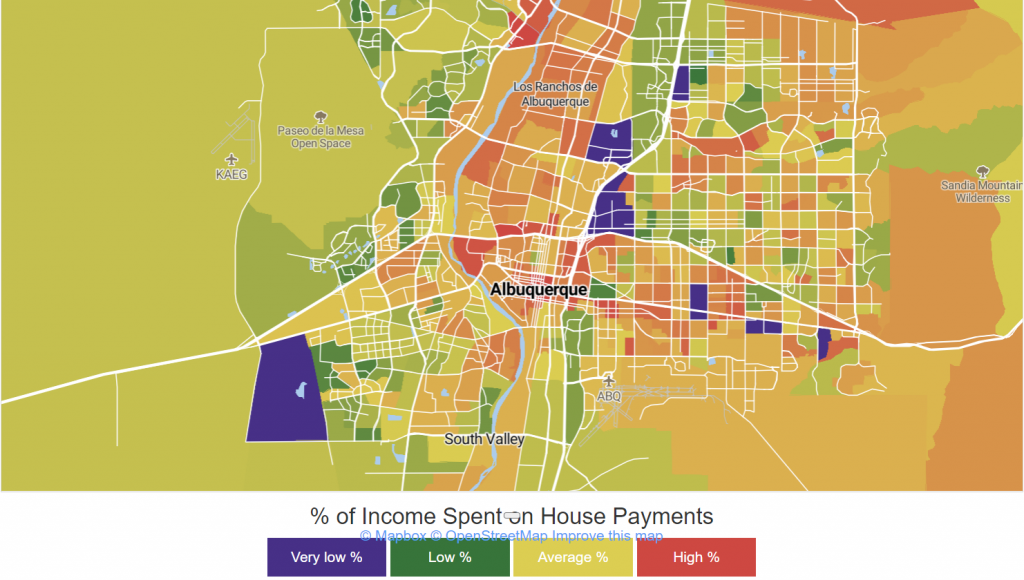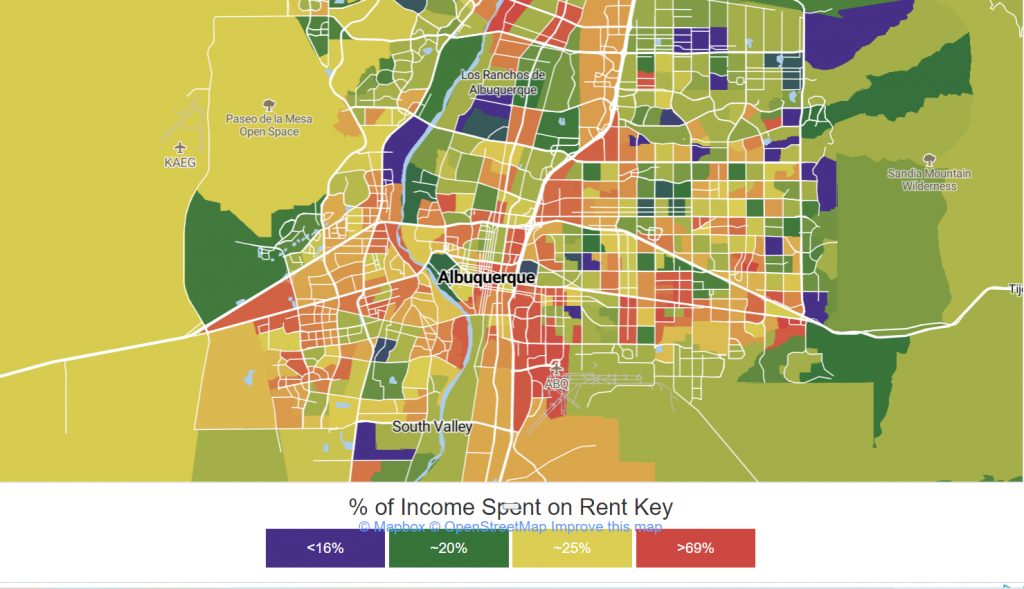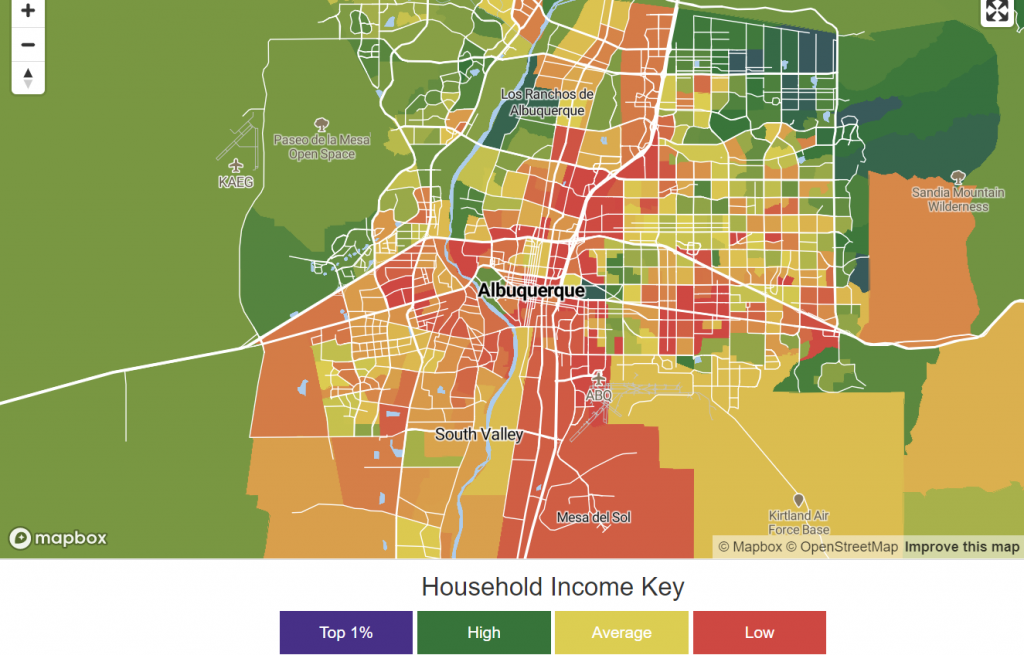Poverty, Health Insurance Availability, Environmental Factors of Health Problems, and Discrimination of Women in Albuquerque, New Mexico
Albuquerque, New Mexico has a population of 568,301 people. Out of 568,301 people, there is one YWCA located in Albuquerque, New Mexico trying to eliminate racism and empowering women and children of all ages. Healthcare is not one of the top topics at YWCA but it is one of the sub topics the company wants to focus on. Healthcare is hypothetically available for everyone, but “Our financing system, malpractice laws, and consumer culture all encourage utilization of costly services and have contributed to unsustainable increases in the cost of care.” (Landers 2010). Inflation is a substantial reason why some communities can’t afford health care and have high poverty rates. On this page of the website we will be focusing on Albuquerque, New Mexico as a whole along with poverty, health insurance availability, environmental factors of health problems, and discrimination of women.
Going more in depth with empowering women, which is one of the top topics the YWCA focuses on, female poverty rates in Albuquerque are higher than men, not significantly higher, but higher. Since 2022 the male poverty rate average is 15.40% while females poverty rate is 16.48% (Albuquerque). When families are dealing with poverty, their first focus is not health insurance, its food, shelter, and warmth if they are not in any sort of medical issue. Working women still earn significantly less working than males. Between 2016 and 2020 the average earnings of men is about $41,535 and the average for women is $34,027 (Albuquerque). The United States promotes equality, but there is still little action being done to change inequality for women in the work force that occurs today. Women have so much pressure on them whether people believe it or not, and feel they need to prove themselves to get equality and no woman or race should feel like that.
The risks of being homeless or struggling with poverty while not being able to afford healthcare is like walking on thin sheets of ice. Even though a lot of the homeless do not have health insurance, they still make trips to clinics. It is proven by studies that homeless are admitted to hospitals more than the non-homeless and are more likely to be admitted more than once (Doran et al., 2013; Hwang, Weaver, Aubry, & Hoch, 2011). With that being said, the homeless population are more likely to be exposed to more sickness, infections and harm. Not living in a safe and good environment is hard on mental and physical health. Albuquerque, New Mexico is one of the cities in the United States that is known for having a great deal of ethanol−gasoline fuel blends and wood burning to try to maintain and improve the air quality during the winter months (Gaffney, Jeffrey S, et al.). Although that article was from 1977, the effects of pollution are long term. Plants and trees that were still living in those conditions are not as healthy as they once were, so the population is not getting A+ quality air from plants. Environmental factors cause people to get sick and go to see medical help, but without a change in the environment they live in, it’s just going to be a cycle. Environmental factors are just one problem, think about social-environment factors as well as biological factors on why people should not live homeless or in poverty.
Talking of biological factors, what about the cost of healthcare to help stabilize those conditions? Since healthcare has risen in price, families struggling with poverty are not the only people that can’t afford health insurance. Families that have homes but struggle to keep food on the table and pay the bills can’t afford health insurance.This map shows most of the rentals and it proves that most of the rentals in Albuquerque, New Mexico are affordable or mid-tier, but then you look at household incomes on the map and the rates are low (Highest). Even though the rent in some areas can be “affordable”, it may only be affordable to some. Going deeper into the map on Best Neighborhoods, looking at the percentage of income spent on rent is greater than 69%, and the percentage income being spent on mortgage is between high and average (Highest). Medical needs are not the only thing that is needed in Albuquerque, New Mexico. The employment rate for just Albuquerque alone is at 15% (Janet, et al). This shows there are more subjects that are needed other than just healthcare.




Over time the amount of uninsured people has decreased. “The uninsured rate for non-Hispanic white nonelderly fell 5.7 percentage points, compared to 8.2 percentage points for non-Hispanic black nonelderly, 10.8 percentage points for Hispanic nonelderly, and 8.4 percentage points for other or multiple races” (Skopec 14). Experiments are being done to try to improve the environment in which people live. Awareness about cultural and racial differences is being spread. Healthcare prices are starting to become more affordable, but not enough. The United States is starting to make a change, but we need to do more. It is felt that the government is not as focused on health care than they are on their public image. Not everyone in the world can be helped, but more people could be being helped.